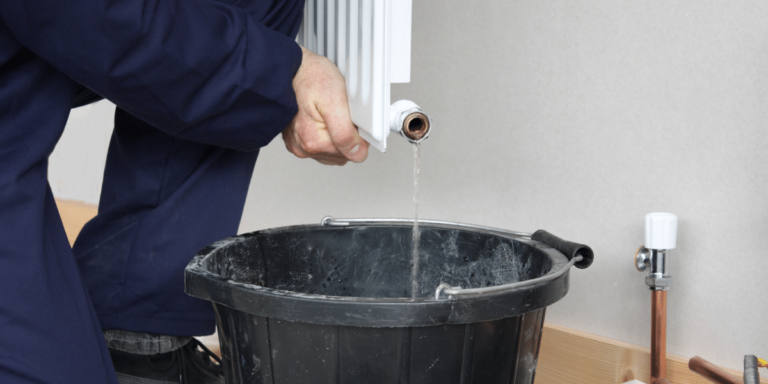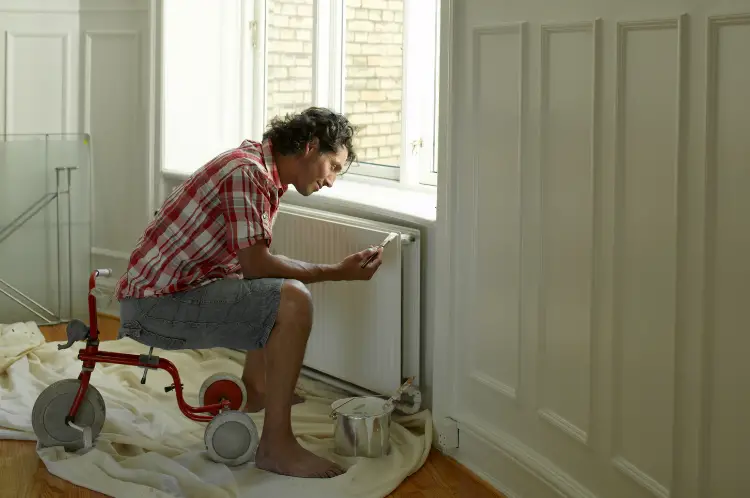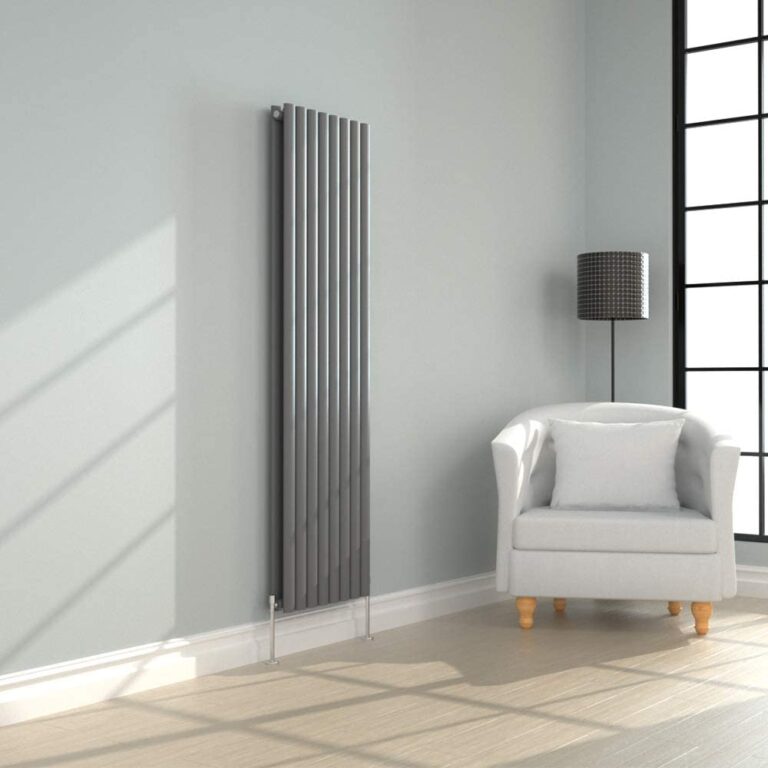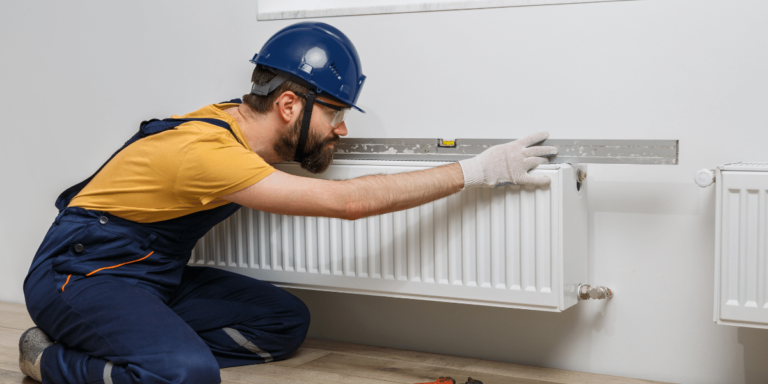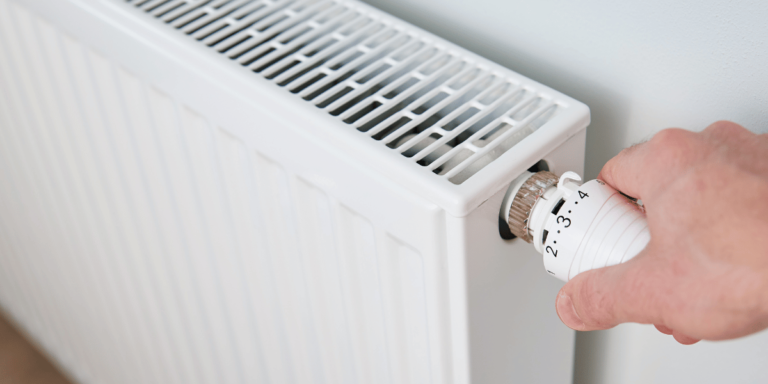Drying clothes indoors is a common practice, especially in colder months when hanging clothes outside is not an option. Radiators are often used as a convenient and efficient way to dry clothes, but is it a safe and healthy choice?
Key Takeaways
- Drying clothes on radiators can negatively impact indoor air quality and promote mould growth, which can cause health issues for those with weakened immune systems or lung conditions.
- Heated towel rails are a better option for drying clothes indoors as they are cheaper than tumble dryers, can hold more than a radiator, and provide warm fluffy towels in addition to drying clothes quickly and efficiently.
- Improving home insulation can trap moisture, making it important to ventilate rooms when drying clothes indoors. Using a room with an extractor fan or a dehumidifier can help reduce moisture levels.
- Proper ventilation is important in every room with high amounts of moisture to prevent condensation and mould problems, which can lead to health issues such as pneumonia and asthma. Windows should be opened slightly, and extractor fans should be properly maintained and cleaned.
This article explores the pros and cons of drying clothes on radiators and offers alternative solutions to ensure a healthy living environment.
While radiators provide a warm and dry surface for clothes to dry on, they can also pose health risks. Increased moisture levels from drying clothes on radiators can lead to mold growth, which can cause respiratory problems, allergic reactions, and other health issues.
Additionally, drying clothes on radiators can be expensive and inefficient, as it takes longer to dry clothes and can affect the performance of the heating system.
With these potential drawbacks, it is important to consider alternative methods for drying clothes that are both safe and efficient.
Increased Risk of Mould
The potential health risks associated with drying clothes on radiators, including increased moisture levels and mould growth, highlight the importance of considering alternative drying methods such as heated towel rails. These offer a more efficient and safer solution for drying clothes indoors with proper ventilation.
Without proper ventilation, the moisture from the wet clothes will condense in the cooler areas of your home, such as walls and ceilings. This leaves a residue of water which can ultimately lead to an increased risk of mould or Aspergillus fungal spores forming, which can cause respiratory problems such as pneumonia and asthma.
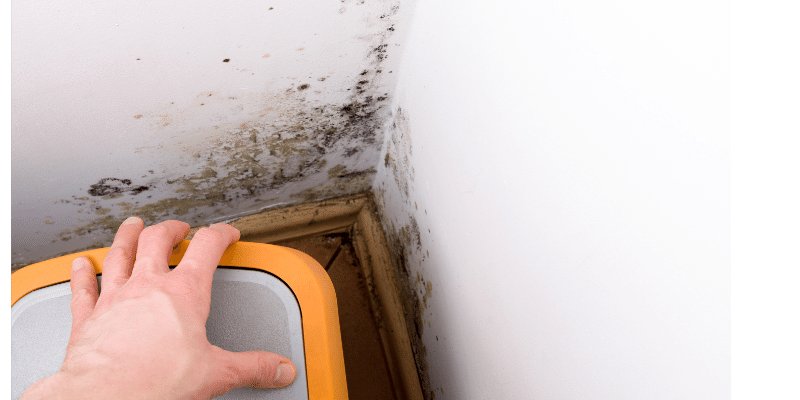
Also, drying clothes on radiators can be an expensive and inefficient way of drying clothes, as it blocks the radiator from heating the room properly.
Health Risks of Radiator Drying
Indoor clothes drying methods can significantly impact indoor air quality and pose potential health risks, particularly when using radiators due to their limited efficiency and moisture accumulation. When clothes are dried on radiators, the moisture can cause mould problems which can lead to health issues such as respiratory problems, pneumonia, and asthma.
To illustrate the health risks associated with radiator drying, a table is provided below. It also provides practical solutions for minimizing these risks such as using heated towel rails or drying racks, proper ventilation, and regularly cleaning lint filters.
| Risk | Effects on the Body/Home | Solutions |
|---|---|---|
| Mould | Respiratory problems, pneumonia, asthma | Use heated towel rails or drying racks, proper ventilation, regularly clean lint filters |
| Condensation | Ruined homes, pneumonia, asthma | Open windows slightly, use extractor fans for proper ventilation |
| Blocked Radiators | Expensive, inefficient | Use heated towel rails or drying racks |
| Accumulated Moisture | Mould growth, health issues | Use heated towel rails or drying racks, proper ventilation, regularly clean lint filters |
In conclusion, while drying clothes indoors is often necessary, it is important to be mindful of the potential health risks associated with using radiators. By using alternative drying methods such as heated towel rails or drying racks and ensuring proper ventilation, individuals can create a healthy living environment and minimize the risks associated with indoor clothes drying.
Importance of Ventilation
Proper ventilation is crucial when drying clothes indoors to prevent moisture build-up and potential health risks. Moisture from wet clothes can easily accumulate in poorly ventilated rooms, leading to condensation and the growth of mould. This can cause serious health issues such as pneumonia and asthma, especially for those with weakened immune systems or pre-existing lung conditions.

To avoid these risks, it is important to ensure that there is proper air flow in the room where clothes are being dried. Opening windows slightly can allow for fresh air to enter and humidity to escape. Additionally, extractor fans or dehumidifiers can be used to remove excess moisture from the air.
By taking these measures, one can safely dry clothes indoors without compromising their health or the quality of the indoor environment.
Benefits of Heated Towel Rails For Drying Clothes
One effective solution for drying clothes indoors is through the use of heated towel rails. These rails offer several benefits over traditional radiators. Firstly, they are cheaper than tumble dryers and can hold more than a radiator. Heated towel rails are also easy to install by a window and are usually found in bathrooms with a ventilator. They can also be used in laundry and utility rooms, making them a versatile option for drying clothes indoors with proper ventilation.
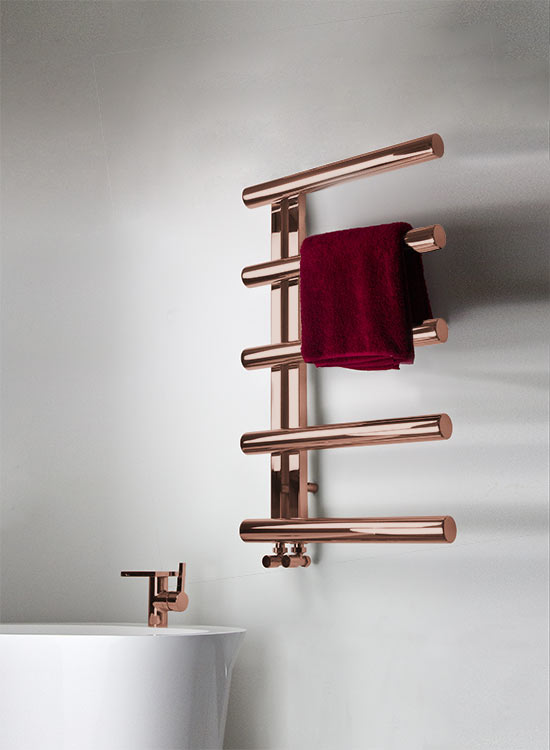
To further showcase the advantages of heated towel rails, a table has been included below that compares the features of traditional radiators with heated towel rails:
| Feature | Traditional Radiators | Heated Towel Rails |
|---|---|---|
| Cost | Expensive and inefficient | Cheaper than tumble dryers |
| Capacity | Can only hold a few small items | Can hold several towels and/or clothes |
| Location | Usually only found in living rooms or bedrooms | Usually found in bathrooms with a ventilator |
| Heat | Can cause mold problems and block heat | Efficient and safe for drying clothes, with warm fluffy towels |
Overall, heated towel rails are a practical and efficient option for drying clothes indoors. They offer several benefits over traditional radiators, including lower cost, higher capacity, and easier installation. Plus, you can even consider a dual fuel towel rail setup, where you can turn on the radiator electronically via an electric towel rail heating element to give a short 2 hour burst of heat – just enough time to dry a towel in the summertime or your wet trousers. For more information on towel rail elements and how they work check out our recent guide.
By using a heated towel rail, you can avoid the mould problems and blocked heat associated with drying clothes on traditional radiators, and enjoy warm fluffy towels in addition to quickly and efficiently drying their clothes.
The Final Verdict – Should you dry clothes on radiators?
While it is a convenient option, it can significantly increase moisture levels in the indoor environment, leading to mould growth and health risks. Therefore, it is essential to consider alternative solutions such as heated towel rails and proper ventilation techniques to maintain a healthy living environment.
Heated towel rails provide a practical alternative solution that can provide efficient drying while also adding a touch of luxury to the bathroom. Plus, the use of heated towel rails and proper ventilation techniques not only improve indoor air quality but also reduce energy consumption and costs associated with drying clothes. By using heated towel rails, clothes can be dried effectively without the need for radiators, which can be expensive and inefficient.

